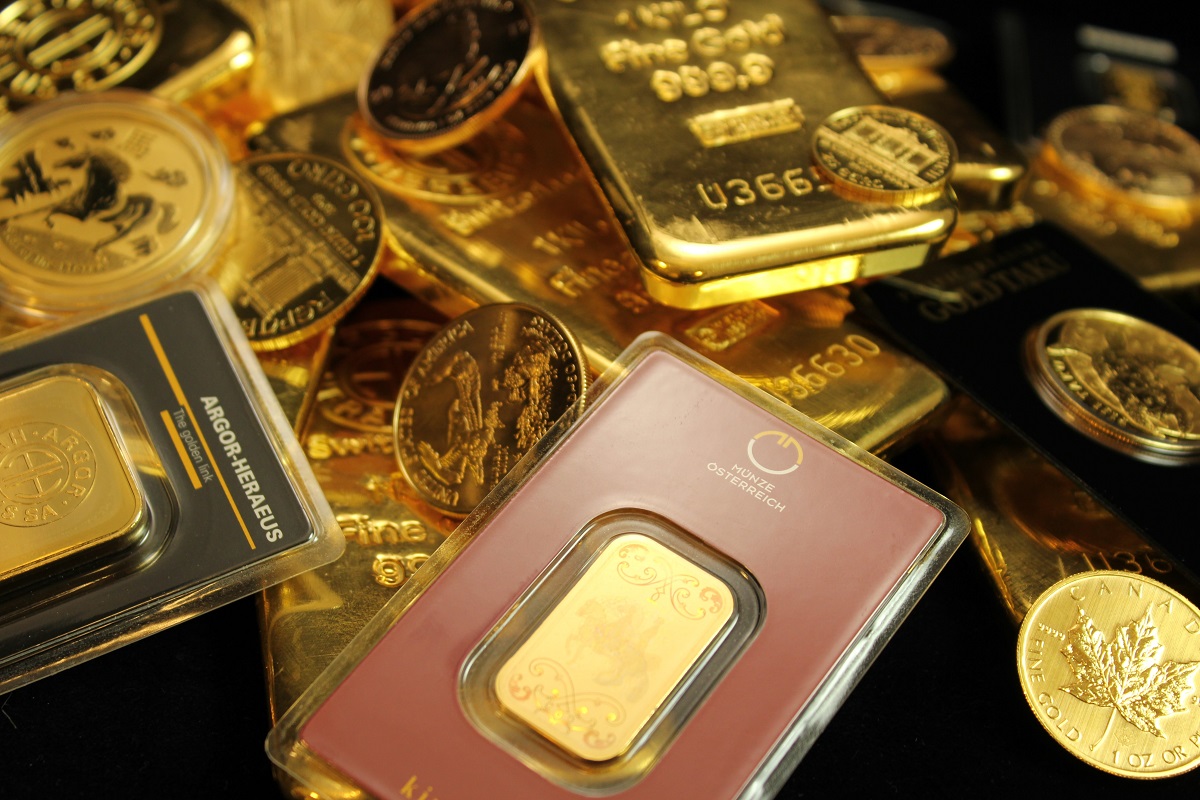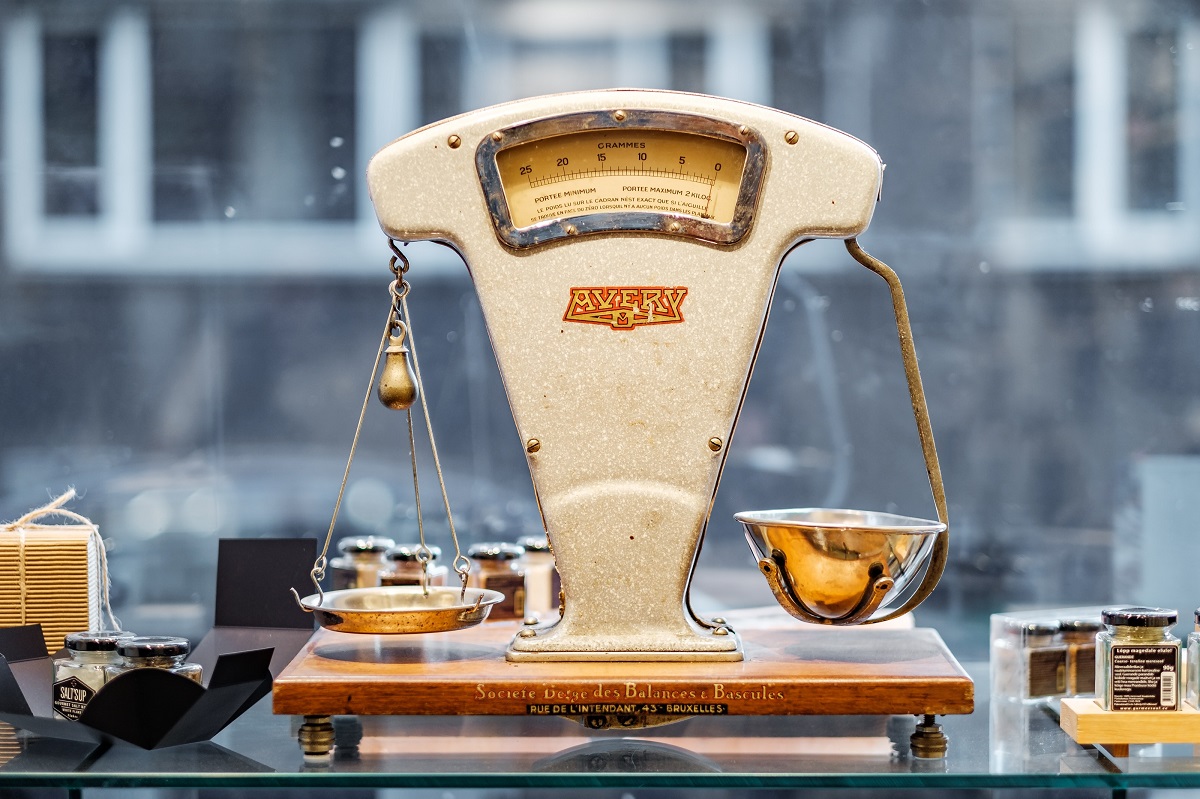
In this period of inflation, stocks falling and geopolitical instability around Ukraine, shouldn’t gold be racing skyward? It hasn’t. Having lost 18% between March and November 2020, which it should have.
Gold can be a very elusive asset. Craig Basinger, Chief market strategist at Purpose Investments, tells of a recent cartoon about gold. One character, very depressed, tells another: “I correctly called inflation and increased global conflict.” The other replies: “Great! So what’s wrong?” “I bought gold,” the first shoots back.
“There’s no shortage of frustrated investors, Basinger recognizes. Last year, everything went up, except gold, which made many even more frustrated.” But inflation now uncorked should be good for gold, along with the heightened conflict with Russia and China. “Gold should do better, and it did shortly after the invasion of Ukraine.”
Indeed, “in the first quarter of this year we saw the gold price reach almost record levels, coupled with soaring gold-backed ETF inflows, notes Joseph Cavatoni, Chief Market Strategist for North America at the World Gold Council. This flight to gold as a safe haven was primarily driven by geopolitical uncertainty.”
Gold Backtracks
But then, against all expectations, gold tanked again. A month before Russia’s invasion, it started a rally that saw it reach US$1,990/oz two weeks after the start of hostilities. It lingered below that ceiling for about a month, then started a descent that saw it make a thud at US$1,627/oz at the end of October, a long dive of 18%.
At that moment, inflation had been cranking up, which the Federal Reserve characterized for a long time as “transitory”. That was rather positive for gold, but in March, the same month of the Ukraine invasion, the Fed initiated the first of its notorious rate hikes, and the hope that inflation would pedal back started to take hold. And gold began to fall.
But one shouldn’t equate inflation with a run-up in gold, warns Robert Cohen, vice president and portfolio manager of the Dynamic Precious Metals Series and the Dynamic Strategic Gold Class funds. Its rise is rather linked to the sharp increase in the money supply that followed the lavish distribution of money during the pandemic.
In that period, M2, the money supply measure most often referred to (which includes money in circulation, checking accounts, savings deposits and money market funds), shot up by 23% in 2020, “almost double its prior fastest rate in the modern era,” states a note by the Manhattan Institute. That’s when the immediate seeds of inflation were sowed, and that’s when gold really shined, shooting up 39% between March 20th and August 6th, 2020.
The Supreme Greenback
Something else happened in March when central banks started to crank up interest rates: the U.S. dollar accelerated a rise that had taken hold since May 2021. From the Fed’s first rate increase announcement on March 16 to mid-October, the greenback gained 15%. “The thing about the Fed is that it is helping push up the value of the USD,” says Jon Mills, equity analyst at Morningstar, “as most commodities, including gold, are priced in USD, all other things being equal, a stronger USD leads to lower commodity prices, and gold hasn’t been immune to this dynamic.” Basinger concurs: “The rocketing US dollar was a negative for the price of gold.”
The strong negative correlation of gold to the USD has been illustrated recently in mid-October when the USD fell sharply, shedding US$0.07. In contrarian lockstep, gold leapt 9.4%.
Also, another factor that presses on gold is the resurgence of bond yields responding to the rate increases. “An advantage of gold is that its value rises with inflation due to its scarcity, but its disadvantage is that it’s just a rock and generates no income,” Mills comments. US treasuries on the other hand generate income via the interest rate. So the Fed’s path of rate hikes to fight inflation has made treasuries relatively more attractive than gold.”
Gold Responds to External Drivers
When it comes to valuation, gold is an unusual creature. Instead of setting its own market based on earnings and company performance (like a stock), gold reacts to external price drivers in the economy. And those drivers can be quite diverse and can combine in many ways to push prices up or down: money supply, real interest rates, the USD exchange rate, and yields.
We also must not limit our perspective on gold from the point of view of the USD, Basinger advises. Overall, this year, gold shows a net recoil of 5% in US dollars, “but in Japan, it’s up 17%, in Europe, 5%, even in Canada, it’s up 1.4%,” he illustrates.
Also, “gold has held up well relative to other assets throughout a period of sustained market volatility – outperforming bonds by roughly 8% year-to-date, to name one example – which highlights its long-term value as a safe-haven asset,” Cavatoni points out.
This time around, against a strong background support of a rising money supply, the rise in rates and in the USD are the main determinants of gold. “If you combine all factors, I would say that the market is fairly efficient and the price of gold is very much where it should be,” Cohen concludes.
The way gold’s drivers are lining up could be positive for the precious metal in the medium term. “It is our view,” Cavatoni proposes, “that further policy rate hikes and the US dollar’s safe-haven strength may be declining after pushing gold price sentiment to historical extremes. This could set the table for gold investment demand to reverse course.”








.jpg)












